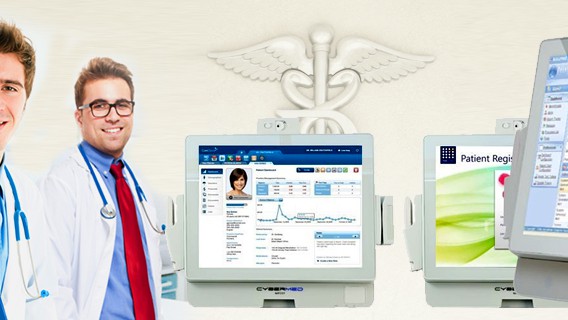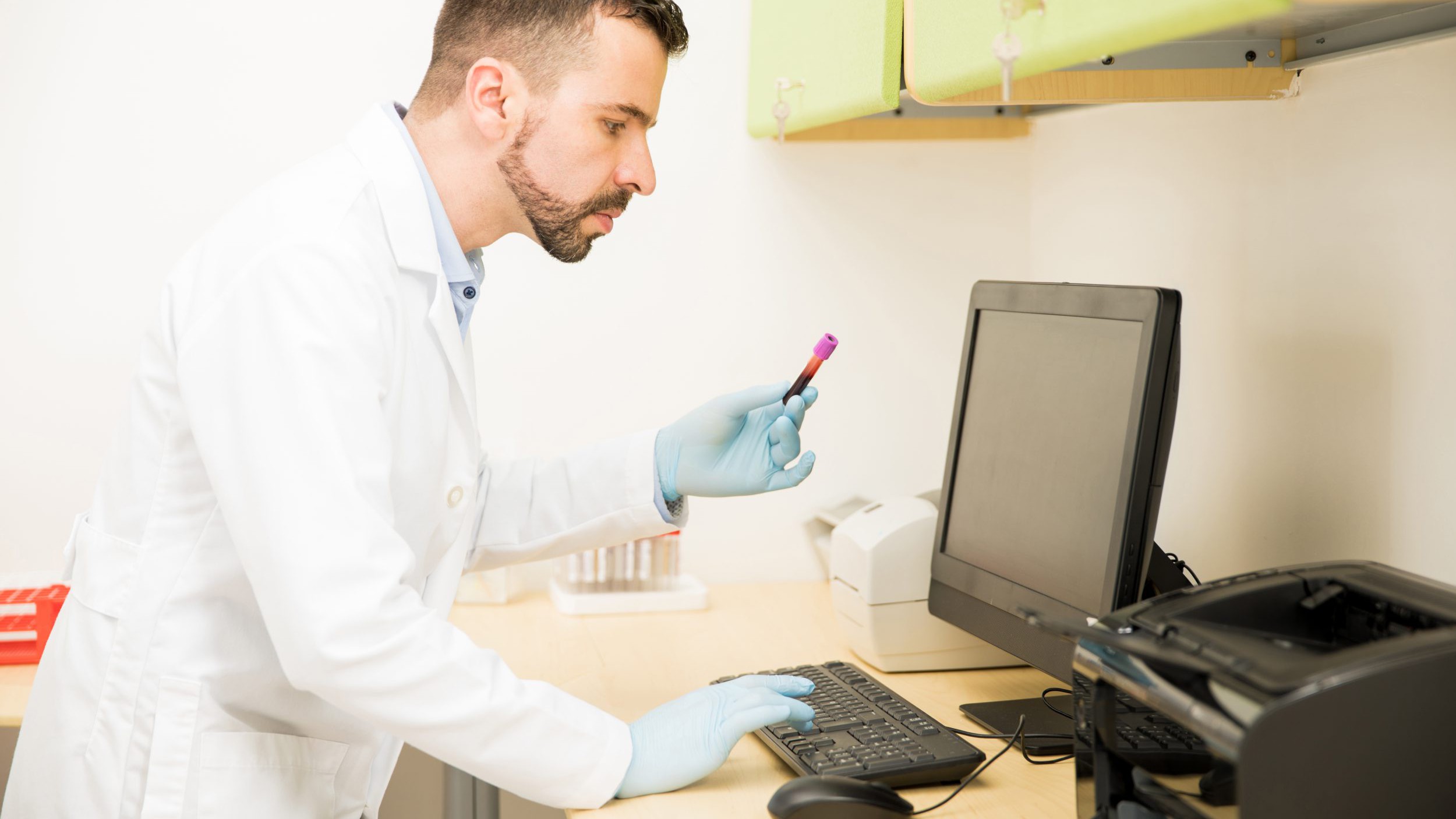Last year in March, the 4,600+ hospice facilities in the US effectively closed their doors to all visitors except essential personnel as the country fought to contain the COVID-19 virus. Many of the 1.5 million+ residents suddenly found themselves cut off from loved ones and even non-essential medical care. Over a year later, technology has advanced rapidly to maximize care and comfort for current residents. We’ll be exploring three such technologies in this post: telemedicine, predictive analytics, and virtual reality (VR).
Telemedicine Links Hospice Residents, Patients to Outside World Safely
Telemedicine, as we discussed in previous blog posts, is a form of telehealth. In the case of hospice care, telemedicine uses video conferencing technologies to help link residents, patients, and caregivers with loved ones as well as off-site medical personnel. Some of the benefits of patient engagement technology include:
- Making communication with family members and friends easier and more enjoyable. Imagine a hospice resident’s face as they watch a loved one’s latest marriage on a medical grade monitor.
- Enabling clinicians to diagnose residents in hard-to-reach places like rural areas.
- Connecting nurses and doctors with caregivers.
- Providing both information and support on a medical grade tablet to caregivers, who can suffer possible depression, deteriorating physical health, financial difficulties, and even premature death due to the nature of their job.
Managing End-of-Life Resources via Predictive Analytics
In our post, Addressing the Aftermath of a Pandemic with Predictive Analytics in Healthcare, we defined predictive analytics as:
“Predictive analytics in healthcare refers to the practice of using health and patient data to predict future developments in a particular patient’s condition and using that to inform decision making on their treatments. If employed correctly, predictive analytics in healthcare can draw on several sources of information in order to enhance patient care. Patient health history, socioeconomic factors, data on other patients with similar conditions or health histories- these are all pieces of information that can be poured through in order to enhance patient care by getting ahead of future health issues.”
In hospice care, predictive analytics has made progress by:
- Allowing doctors to assess much earlier if a particular treatment of chronic diseases in patients is effective, saving them from months of needless and painful treatment.
- Managing hospital resources more effectively by placing patients in hospice care when appropriate, particularly if their life-expectancy is 30 days or less. As Charles Saunders, CEO of HIT firm Integra Connect, points out, “The last 30 days of life is very high-cost period in one’s life journey. Patients can die in the hospital or stay in the [intensive care unit] and receive chemotherapy up until the end, or they can go down a different path with palliative and hospice care that consumes far less resources and may in fact be a better experience for the patient.”
- Preventing overloading physicians with EMR data displayed on their medical panel PC.
Virtual Reality Brings Near-Real Comfort to End-of-Life Care
Most people, upon hearing the words virtual reality or VR, think of gamers and their odd VR headsets. But VR ﹘ and similar technologies like augmented reality ﹘ can create almost any simulated environment through software like a relaxing day at the beach or a journey through the ocean’s depths. VR can easily be repurposed for hospice care under the telehospice heading where it can be used to:
- Reduce patient anxiety and even acute and chronic pain as they experience good memories (i.e., visit to a favorite monument) or enjoy new experiences like virtual sky-diving.
- Train medical staff and caregivers via telehospice technology on how to take care of patients in end-of-life scenarios.
Hospice care can be a source of anxiety and even fear to both residents and their loved ones. It doesn’t have to be, with the availability of such technologies like telemedicine, predictive analytics, and VR. Contact our Cybernet experts to discuss such possible solutions for your hospice needs.
4 Ways Telehealth Is Improving Patient Care
August 14, 2018
Telehealth is the practice of using medical grade computers and medical tablets to provide health care remotely. Telehealth practices put doctors in closer contact with distant patients, save time and energy with…
0 Comments8 Minutes
How Medical Grade Computers Improve the Standard of Care in the Medical Profession
August 3, 2015
The face of the healthcare industry has changed drastically in the past decade. Now, the use of devices like medical grade computers in patient rooms, emergency rooms, and operating rooms have allowed healthcare service…
0 Comments6 Minutes
How Medical Software Improves Patient Care and Streamlines Provider Workflow
August 22, 2023
Medical software, like those found in a hospital’s medical computer or tablet, are programs that automate some process for the healthcare sector. EHR/EMR, telehealth/telemedicine, Remote Patient Monitoring (RPM),…
0 Comments6 Minutes
You Can't
Learn from a Pop-up
But we can deliver knowledge to your inbox!
We dive deep in the industry looking for new trends, technology, news, and updates. We're happy to share them with you.
Knowledge, News, and Industry Updates Right in Your Inbox





